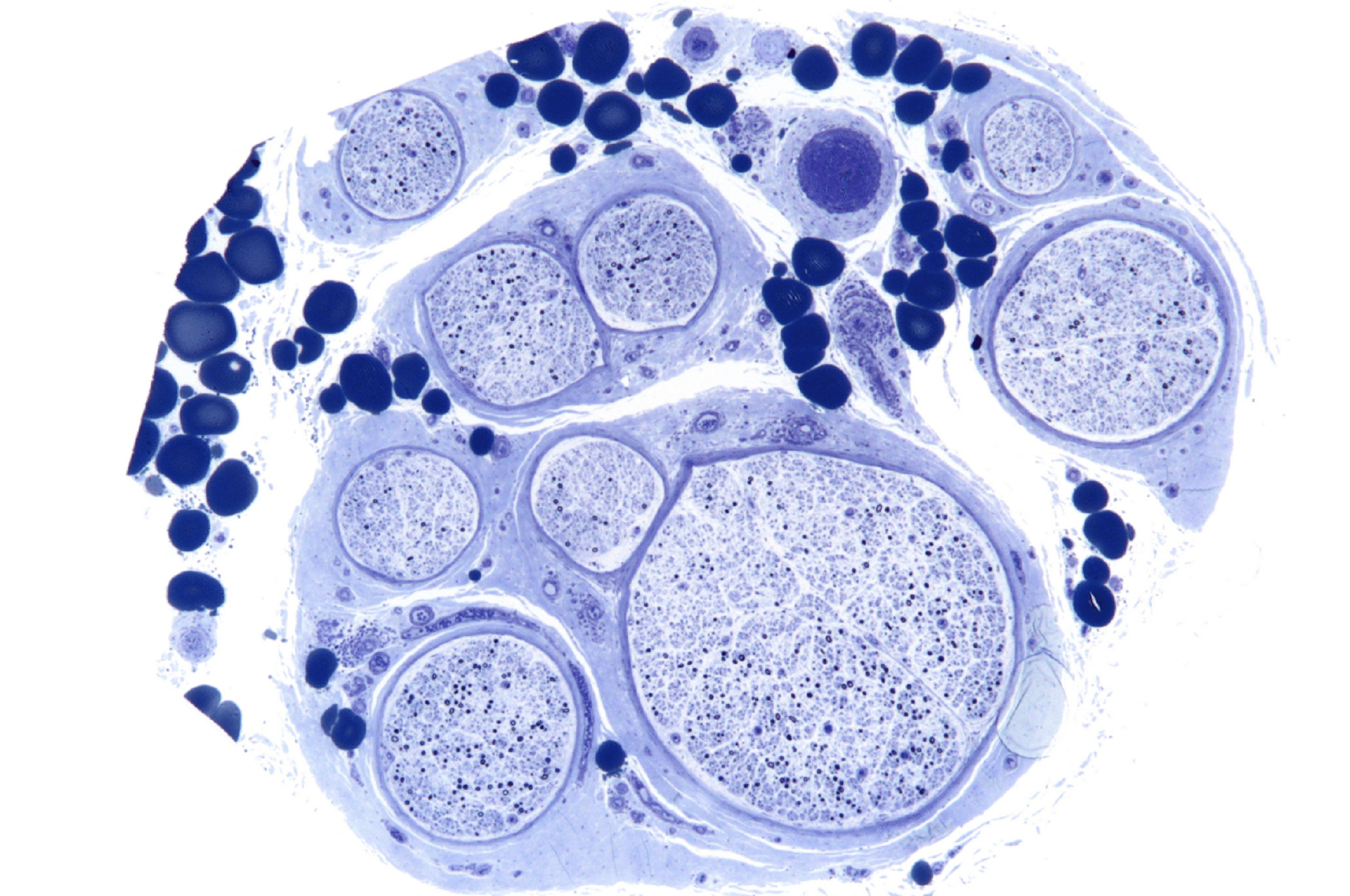Peripheral Neuropathy Overview: What Causes It, Common Symptoms, and How to Treat It
Peripheral neuropathy is a condition that affects the nerves outside the brain and spinal cord, often leading to pain, numbness, and weakness in the extremities. It is a complex disorder that can be caused by a wide range of factors. In this blog, we will explore the symptoms, causes, risk factors, and complications associated with peripheral neuropathy, as well as discuss diagnosis, treatment options, and the benefits of using the TeslaMax for managing this condition.
What is Peripheral Neuropathy?
Peripheral neuropathy occurs when there is damage to the peripheral nerves, which transmit information from the brain and spinal cord to the rest of the body. This damage can result in a variety of symptoms, most commonly affecting the feet and hands, but it can also involve other parts of the body. Peripheral neuropathy can be caused by numerous underlying conditions, such as diabetes, infections, and traumatic injuries, among others.
Symptoms of Peripheral Neuropathy
The symptoms of peripheral neuropathy can vary greatly depending on the type and severity of nerve damage. Common symptoms include:
- Numbness and tingling: Often starting in the toes or fingers and gradually spreading up the limbs.
- Sharp, stabbing, or burning pain: A common complaint, especially at night.
- Weakness in the muscles: This can make it difficult to walk or carry out daily activities.
- Sensitivity to touch: Even light contact may feel painful for some individuals.
- Balance problems: Due to the loss of sensation and muscle weakness, falls become more frequent.
Causes of Peripheral Neuropathy
There are many potential causes of peripheral neuropathy, including:
- Diabetes: One of the most common causes, as high blood sugar can damage nerves over time.
- Infections: Conditions like shingles, Lyme disease, and HIV can cause nerve damage.
- Trauma or injury: Physical damage from accidents or surgeries can disrupt nerve function.
- Vitamin deficiencies: Lack of essential nutrients, such as B vitamins, can lead to nerve problems.
- Toxins: Exposure to heavy metals or certain medications, like chemotherapy drugs, can damage nerves.
- Chronic conditions: Conditions like kidney disease, liver disease, or autoimmune disorders can also contribute to peripheral neuropathy.
Risk Factors for Peripheral Neuropathy
Certain factors increase the risk of developing peripheral neuropathy, including:
- Age: Older individuals are more likely to develop neuropathy due to wear and tear on the body and the nervous system.
- Diabetes: Those with uncontrolled diabetes have a higher risk of developing nerve damage.
- Family history: Genetic factors may play a role in the development of certain types of neuropathy.
- Excessive alcohol consumption: Alcohol abuse can lead to nutritional deficiencies and nerve damage.
- Poor nutrition: Inadequate intake of essential vitamins and minerals can increase the risk of nerve damage.
Complications of Peripheral Neuropathy
Left untreated, peripheral neuropathy can lead to several complications, including:
- Infection and ulcers: Loss of sensation in the feet can lead to unnoticed injuries or infections.
- Muscle atrophy: Continued nerve damage can result in muscle weakening and eventual atrophy.
- Falling and injury: Balance problems and muscle weakness increase the risk of falls and serious injuries.
- Chronic pain: Without proper treatment, nerve pain can become persistent and difficult to manage.
Diagnosis of Peripheral Neuropathy
To diagnose peripheral neuropathy, healthcare providers use a combination of methods, including:
- Physical and neurological exams: Doctors assess muscle strength, reflexes, and sensory function.
- Blood tests: These can help identify underlying causes like diabetes or vitamin deficiencies.
- Nerve conduction studies and electromyography (EMG): These tests measure the electrical activity of muscles and nerves to pinpoint nerve damage.
- Imaging tests: MRI or CT scans may be used to identify structural issues that could be affecting the nerves.
Treatment Options for Peripheral Neuropathy
The treatment for peripheral neuropathy depends on its underlying cause and severity. Some common treatment options include:
- Medications: Pain relievers, anti-seizure medications, or antidepressants are often prescribed to manage nerve pain.
- Physical therapy: Exercises can help improve strength, balance, and coordination.
- Lifestyle changes: Proper diet, blood sugar control, and regular exercise can help manage symptoms, particularly in cases of diabetic neuropathy.
- Surgical intervention: In some cases, surgery may be necessary to relieve nerve compression or address structural issues.
Neuropathy Treatment Using TeslaMax
One of the most exciting advancements in neuropathy treatment is the use of the TeslaMax therapy. TeslaMax uses pulsed electromagnetic field (PEMF) therapy to stimulate nerves and promote healing. This non-invasive treatment helps improve circulation, reduce inflammation, and encourage nerve regeneration. It is especially effective for those with chronic pain and neuropathy-related conditions.
Why Use the TeslaMax for Peripheral Neuropathy?
The TeslaMax offers several advantages in treating peripheral neuropathy, including:
- Non-invasive treatment: Unlike surgery, TeslaMax therapy does not require any incisions or recovery time.
- Pain relief: The treatment helps alleviate the sharp, burning pain that often accompanies neuropathy.
- Promotes nerve healing: By improving blood flow and stimulating nerve regeneration, TeslaMax supports the body’s natural healing processes.
- Safe and effective: TeslaMax is FDA-approved and has shown positive results for many patients dealing with nerve-related conditions.
Conclusion
Peripheral neuropathy can significantly affect quality of life, but with the right diagnosis and treatment, it is possible to manage symptoms and improve daily function. From medication and physical therapy to advanced treatments like TeslaMax, there are many options available to those seeking relief. If you’re struggling with neuropathy, consider discussing the benefits of TeslaMax with your healthcare provider to see if it’s a suitable option for you.






